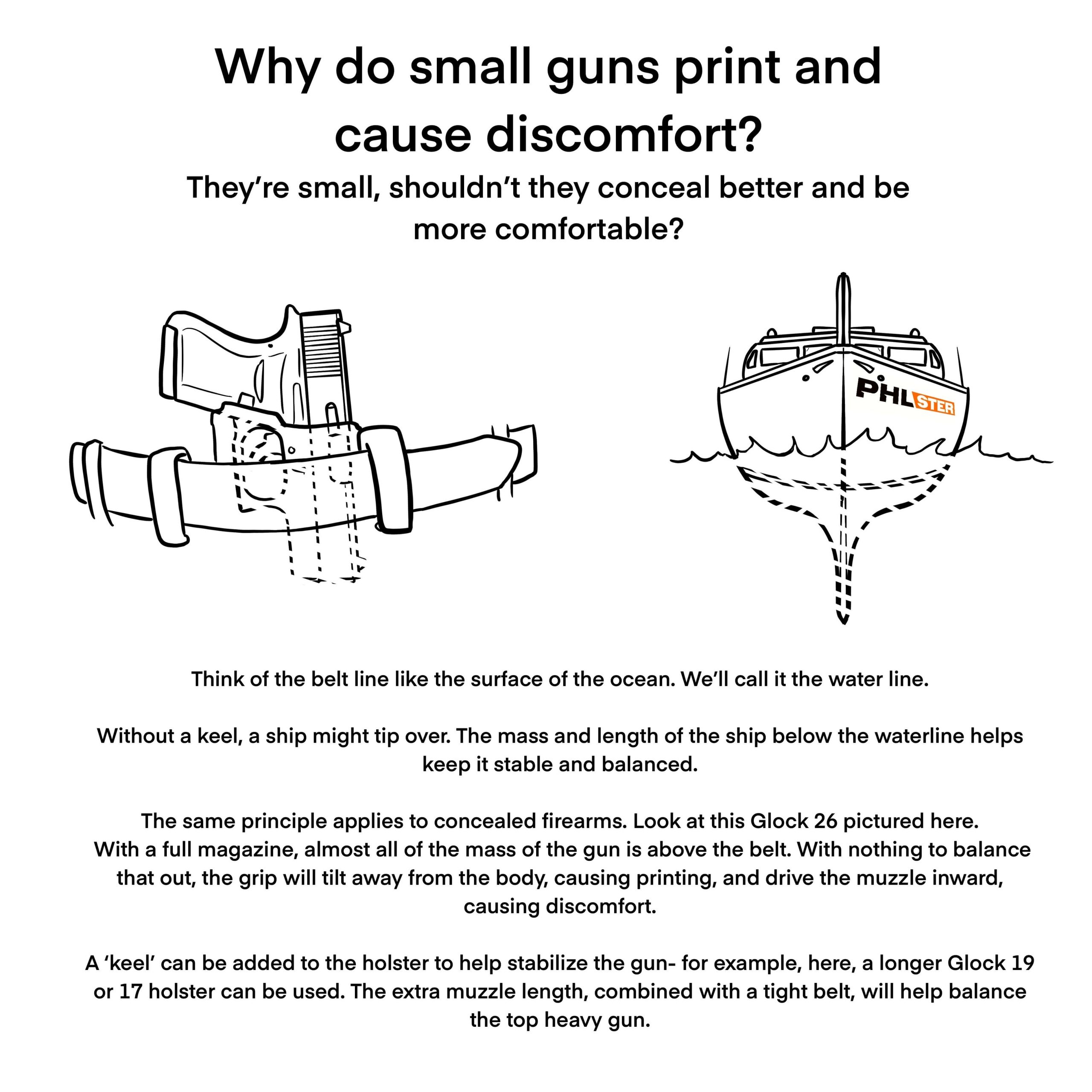Finding your Concealment Sweet Spot
There are three key components to concealment that all work together to produce the desired result: getting enough grip tuck, grip rotation and finding your sweet spot. In this post we will go over a few different body types and discover their concealment sweet spot.
“This model has a rounded peak on his lower torso with straight valleys on either side.”
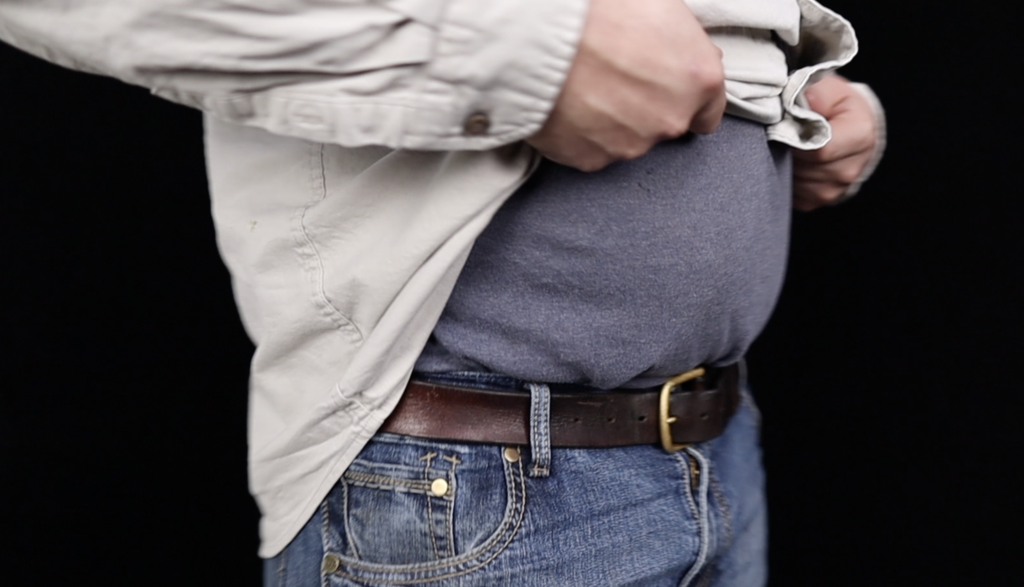
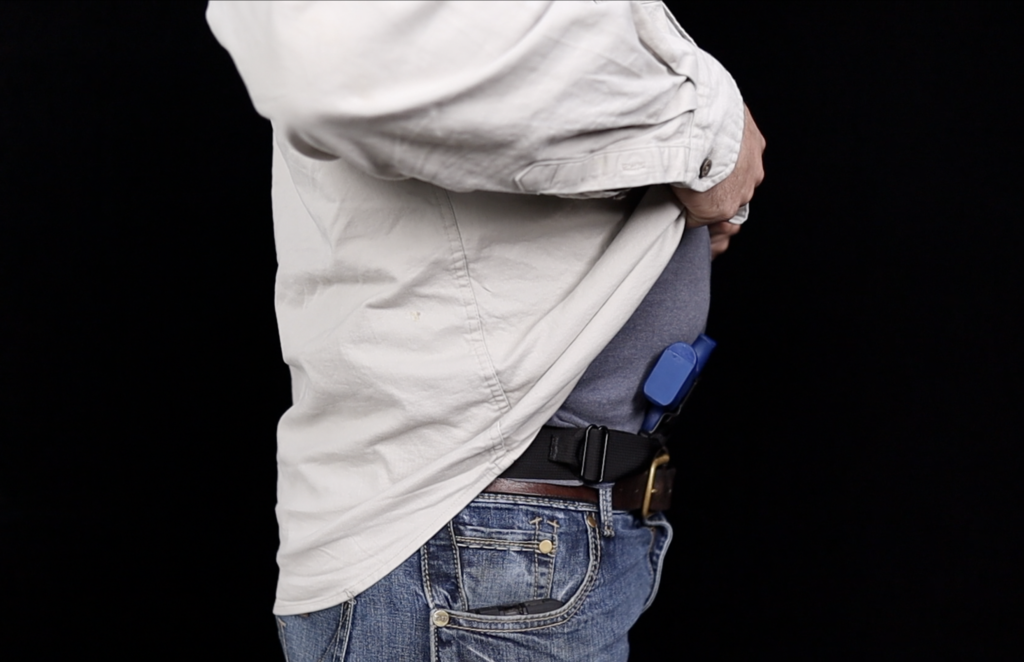
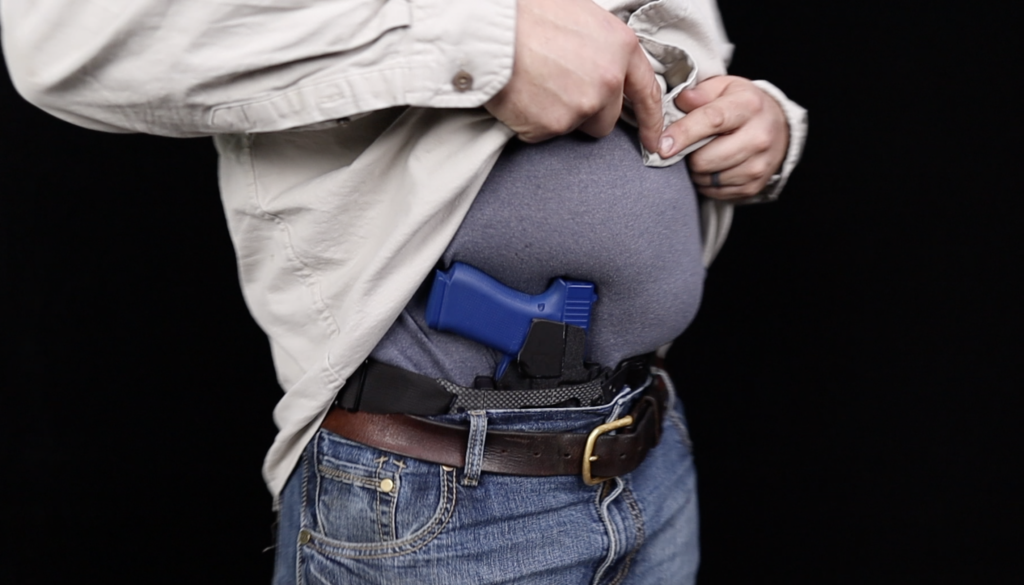
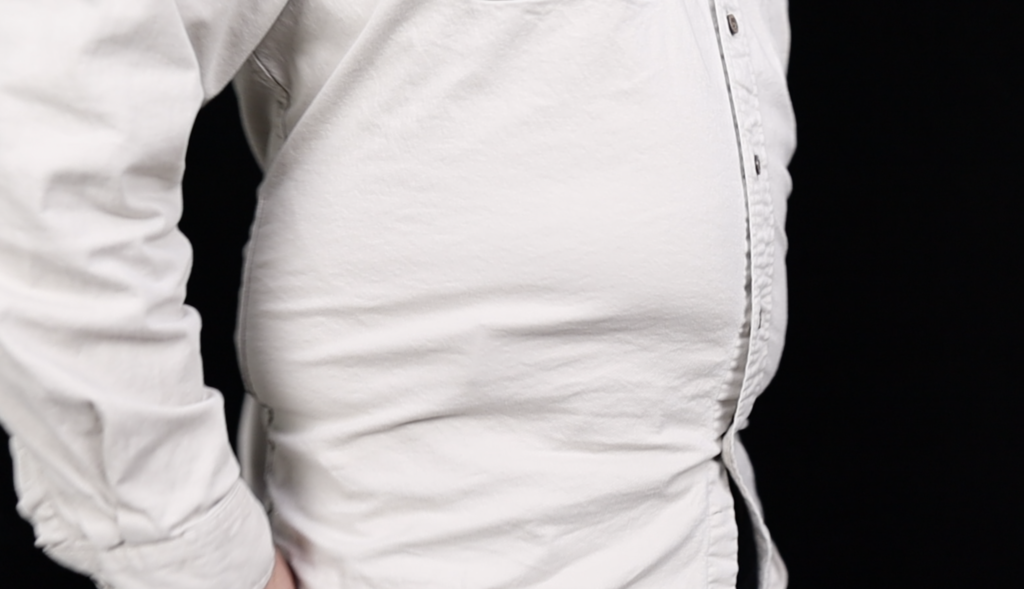
“This model has a gently rounded torso that peaks at 12 o’clock, with proportionally long valleys on the side of her abdomen.”
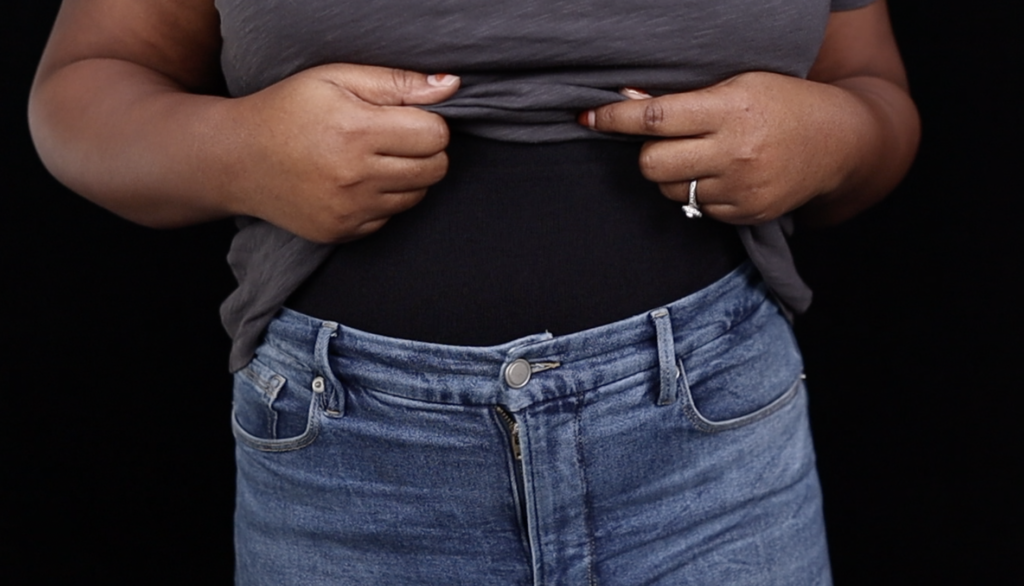
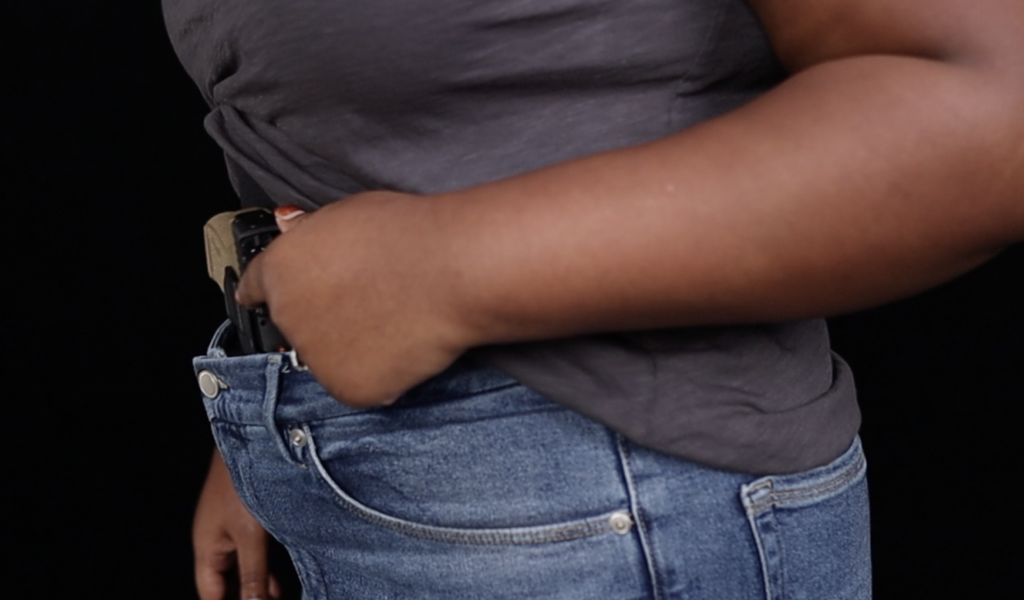
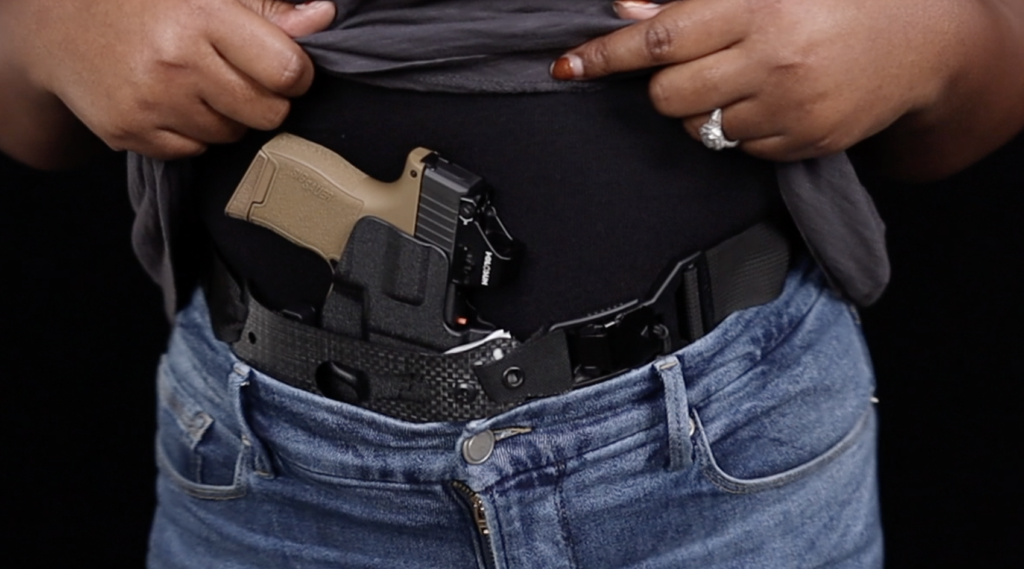
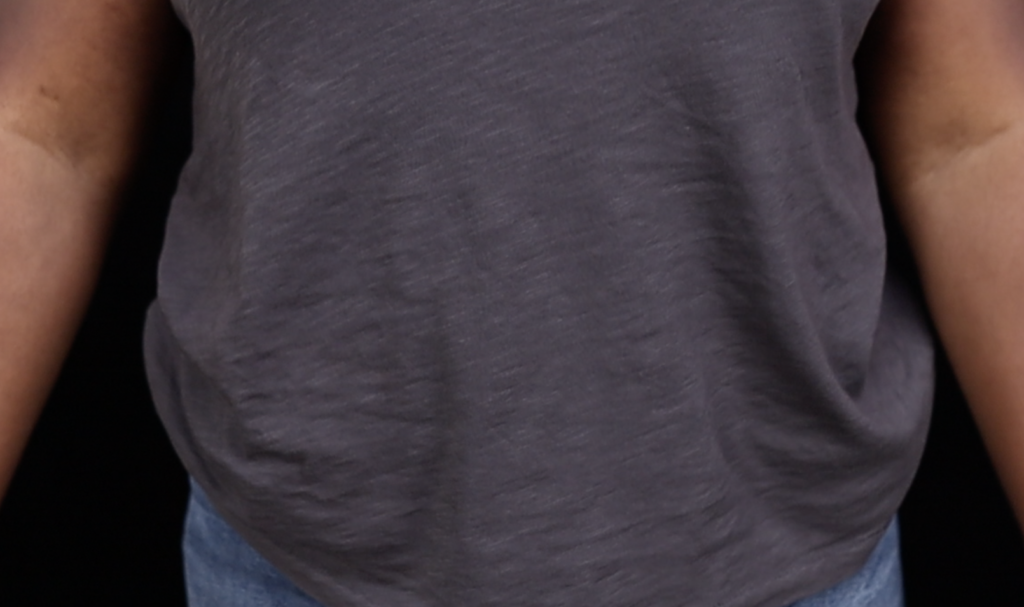
“This model has a generally flat center torso with short angles off his centerline to his hip bones.”
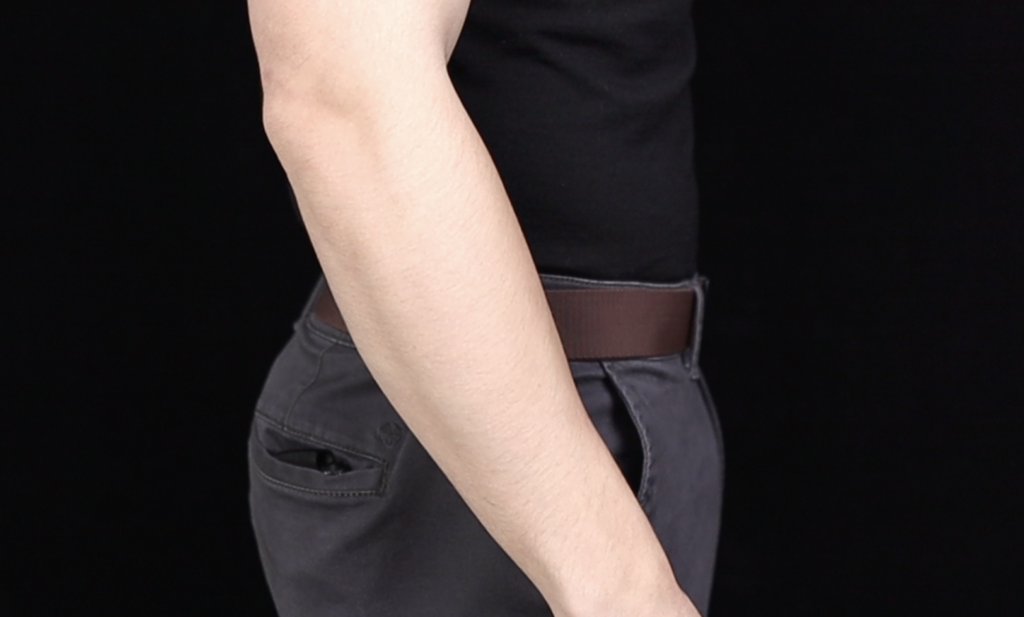
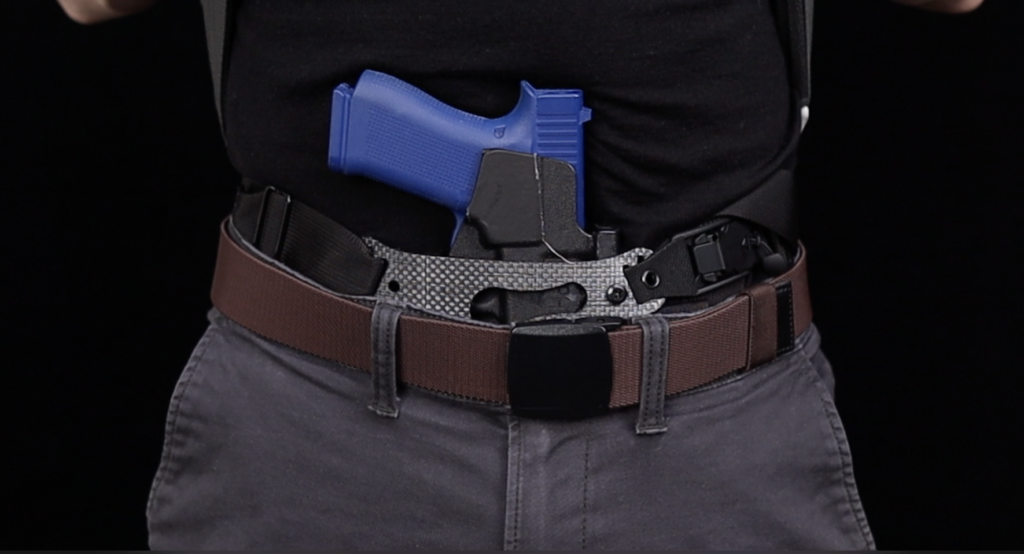
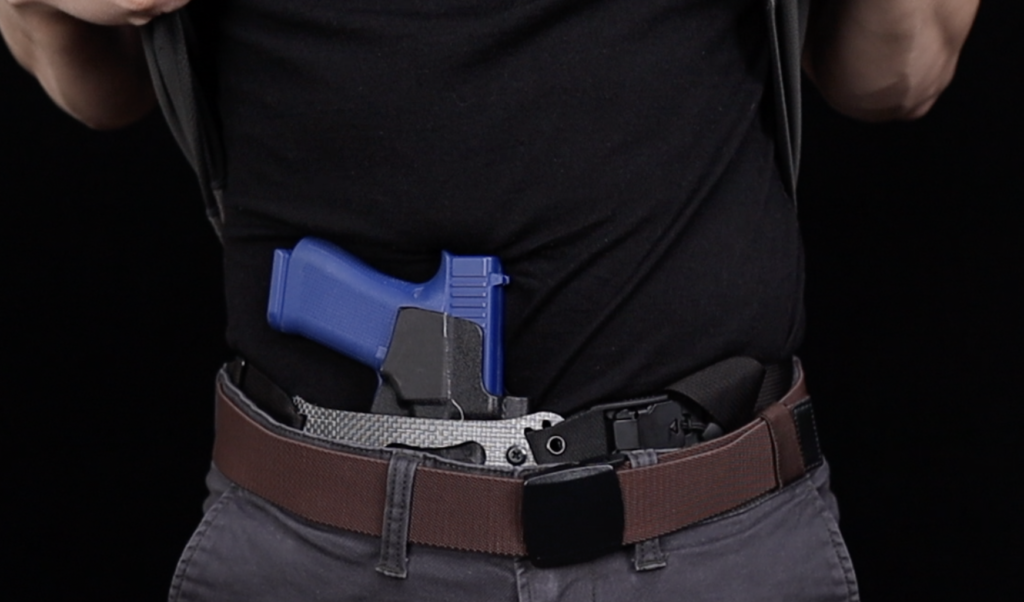
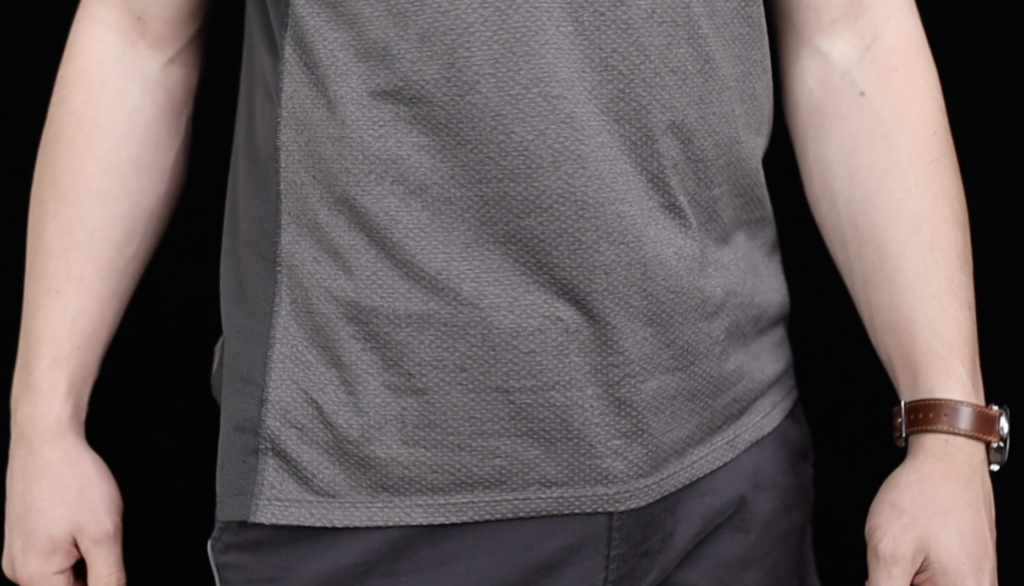
“This model has a generally flat center torso that more gently curves around her hip bones.”
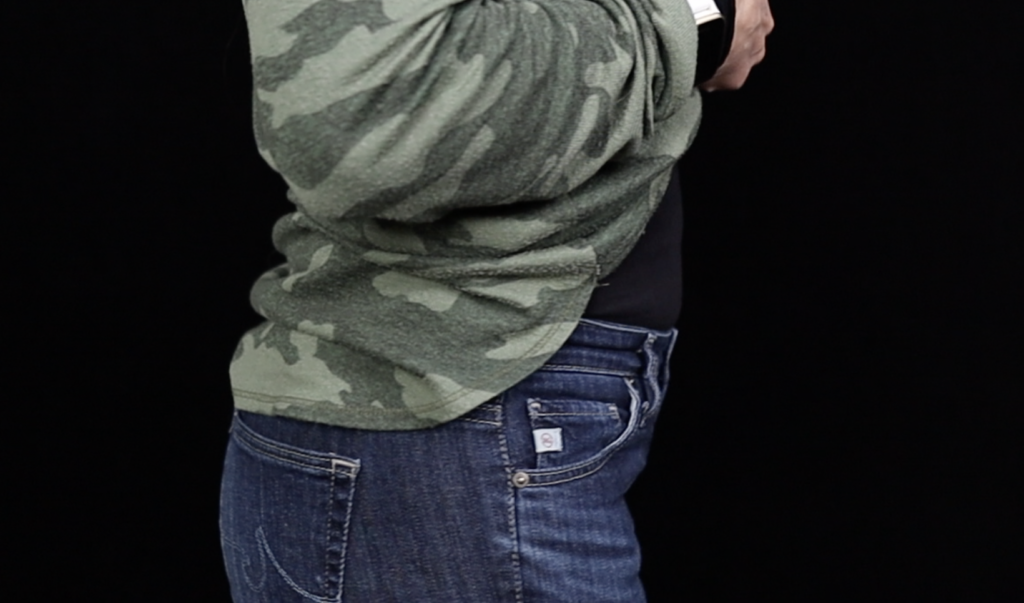
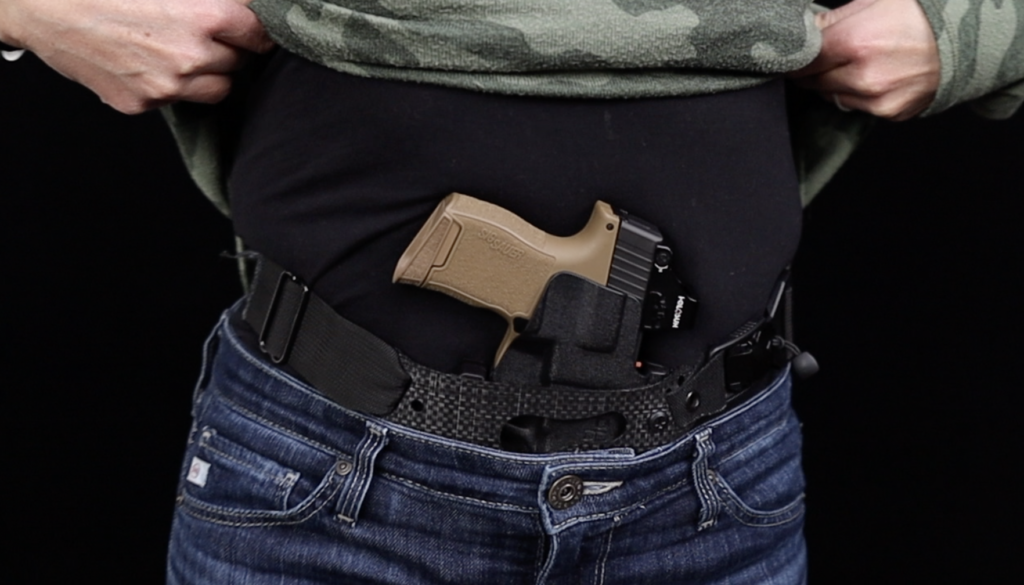
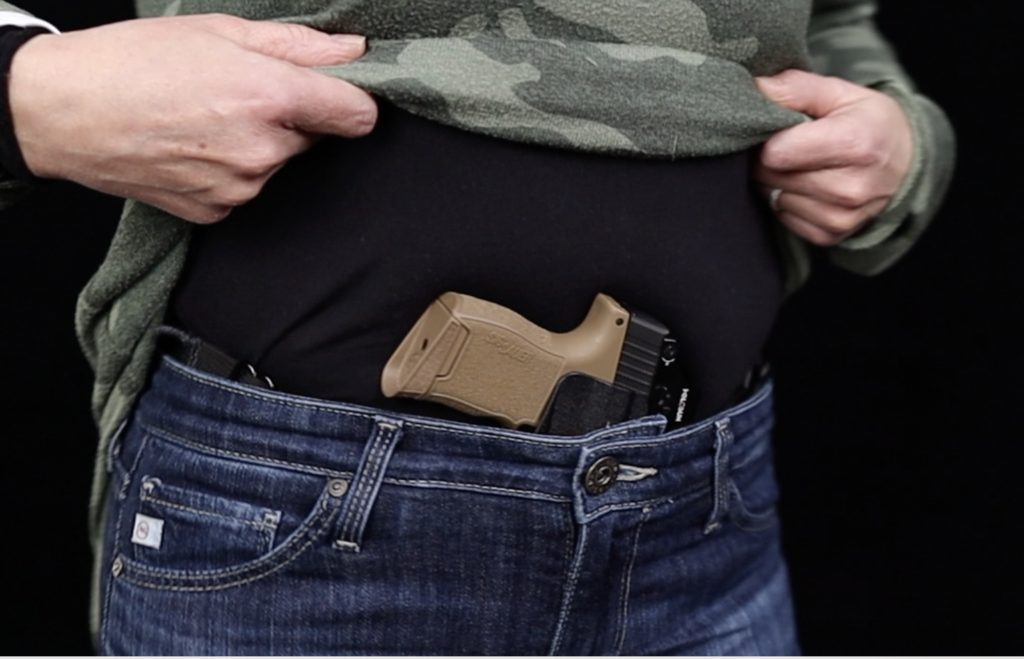
For more body type references, and detailed information please consider watching the following videos:
Related videos:
Here is where you will find more information and body type references like in this blog post.
